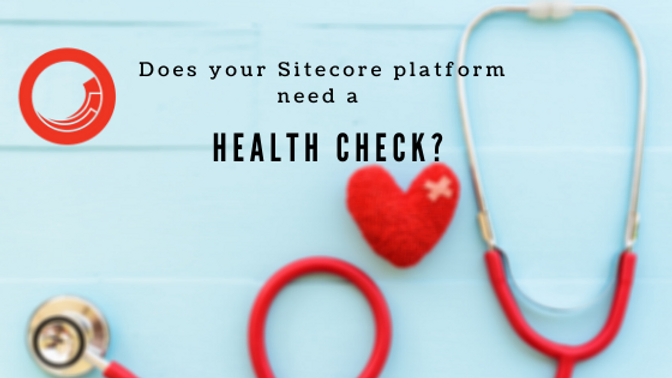The end of Universal Analytics is almost here - are you prepared?
As the digital landscape evolves, so does the fate of Universal Analytics (UA). On 1st July 2024, Google will decommission UA, ushering in the era of Google Analytics 4 (GA4).
Does your website keep crashing? Are some pages slow to load? If these problems sound familiar, it might be time to get the web doctors in.
Sometimes it's easy to neglect your website but in a digital-first world, you need to ensure your website is reliable, functional and up to date. As Sitecore continues to improve its digital marketing and user experience offerings, it is vital that you have an experienced digital partner who can help you make the most out of these new features and get them up and running smoothly. Without a Sitecore developer, your business could end with an unfit website that no one wants to visit.
Our Sitecore health check takes a closer look at how your solution is performing and the customer experience you’re offering. We help ensure that you are making the most of the platform’s full potential, looking at the challenges and opportunities your company faces and telling you best practice to give you peace of mind. We’ll not only check that everything’s working properly, but that you’re seeing real ROI from your Sitecore platform.

It is important to have a periodic health check to ensure the platform and infrastructure are secured, that it performs at its best and that its authoring and marketing features are leveraged.
Sitecore relies on your build partner or in-house development team to correctly follow guidelines and best practices for installation, implementation, and maintenance of your solution. This means there is potential for incorrect technical solutions which could be costly to your business.
This could lead to:
Malfunctioning or unavailable CMS
Missing digital marketing features including personalisation and analytics
Security vulnerabilities
Poor web page performance
Poor Search Engine Optimisation (SEO)
Non-optimised or expensive infrastructure
Health checks are also necessary if a company is planning on launching a brand-new website. Many organisations want to get their new website up and running ASAP and therefore overlook the importance of a preliminary health check. However, in the long run, this will result in technical debt as they skipped vital early stages. It’s important to ensure that your company’s website has a solid backbone, before launching or expanding into new features and functionality. Think about it this way. You wouldn’t build your house on dodgy foundations so why would you build your website on them?
Here at ClerksWell, we have a track record for taking on troublesome solutions and optimising them to offer better experiences for our clients, users and their customers. With a Sitecore Health Check, we help ensure that you’re making the most of the platform’s full potential. We achieve this by:
Analysing codebase against the implementation of best practices and discovering potential codebase improvements.
Analysing build and release processes as part of a complete DevOps review.
Analysing Sitecore log records to uncover underlying issues with the Sitecore application.
Web performance benchmarking.
Identifying problematic components.
Reviewing production environments security hardening measures. Security checks follow the Sitecore support team security guidelines, leveraging our knowledge of the Sitecore platform at an application and infrastructure level, where all common threats are assessed.
Analysing the advantages of version upgrades according to your business needs.
Analysing infrastructure on-premises and cloud alternatives according to your licensing and scaling needs.
Once we have had a thorough run-through of your site, we produce a complete report of the findings and actions we recommend. This is supplemented by a face-to-face, video or telephone call to discuss them in detail.
We worked with Formica to ensure that their website was reliable and functional, quickly nipping any potential issues in the bud just before it went live. Formica wanted a third party to come in and make sure that they were sticking to the best practices as they increased the development on their website and moved into adding multilingual capabilities. ClerksWell delivered a rigorous report which outlined a list of issues as well as potential problems coupled with ideas on how to resolve them.
So, if you’re having trouble with your Sitecore website and reaching business goals, get in contact with us here to find out how we can help!
Also, check out our previous Sitecore blog post on AI and Automated Personalisation here.
As the digital landscape evolves, so does the fate of Universal Analytics (UA). On 1st July 2024, Google will decommission UA, ushering in the era of Google Analytics 4 (GA4).
Our PCI compliance services.
Read more about Sitecore's recent release of version 10.4 as evaluated by Sai Makala, one of our Sitecore experts.